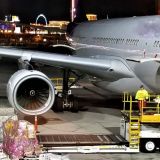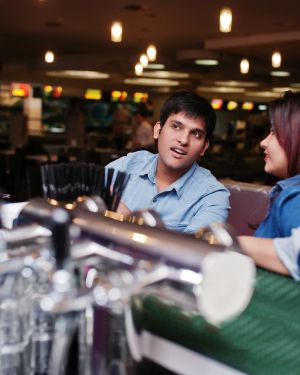Objectives:
At the completion of this course, students should be able to:
1. Identify differences and similarities between commercial and noncommercial food service
operations.
2. Distinguish revenue centers from support centers in hospitality organizations.
3. Explain how control procedures help managers assess operational results.
4. Explain how a system of food service control points helps managers carry out critical
functions on a daily basis.
5. Describe the importance and function of an operating budget as a planning and control tool.
6. Describe the factors that influence menu planning strategies.
7. Determine standard yields for food products.
8. Calculate standard portion costs and standard dinner costs for food items on the basis of
standard recipes and standard portionsizes.
9. Identify factors that food and beverage managers should assess when purchasing food
products.
10. Calculate an inventory turn over rate.
11. Distinguish a physical inventory system from a perpetual inventory system.
12. Identify and describe automated technology applications designed for inventory
management.
13. Analyze trends to estimate food production requirements.
14. Describe the importance and function of food production planning.
15. Use the FIFO, LIFO, actual cost, and weighted average methods to calculate the value of
products in inventory.
16. Explain how managers determine which variances from cost standards should be
thoroughly analyzed.
17. Distinguish server banking from cashierbankingsystems.18.Describe how managers use
point-of-sale reports as revenue control tools.
19. Describe some of the ways bartenders, cashiers, food and beverage servers, and guests steal,
and identify precautions managers can take to reduce each kind of theft
20. Explain how orientation programs, training programs, and employee performance
evaluations help control labor costs.
21. Distinguish between fixed and variable labor in relation to food and beverage operations.








